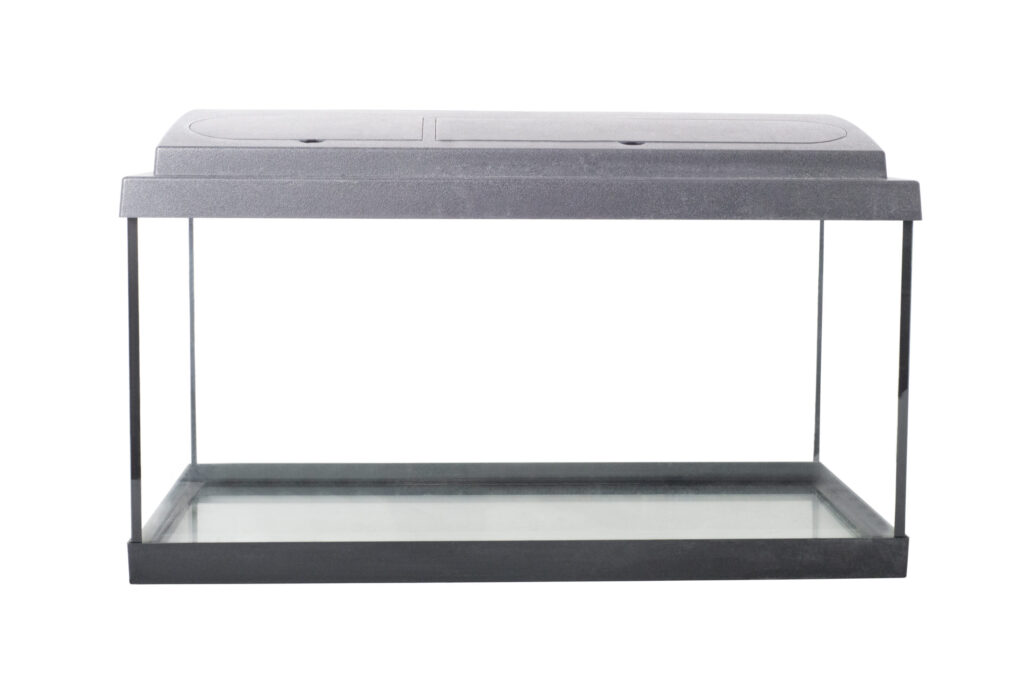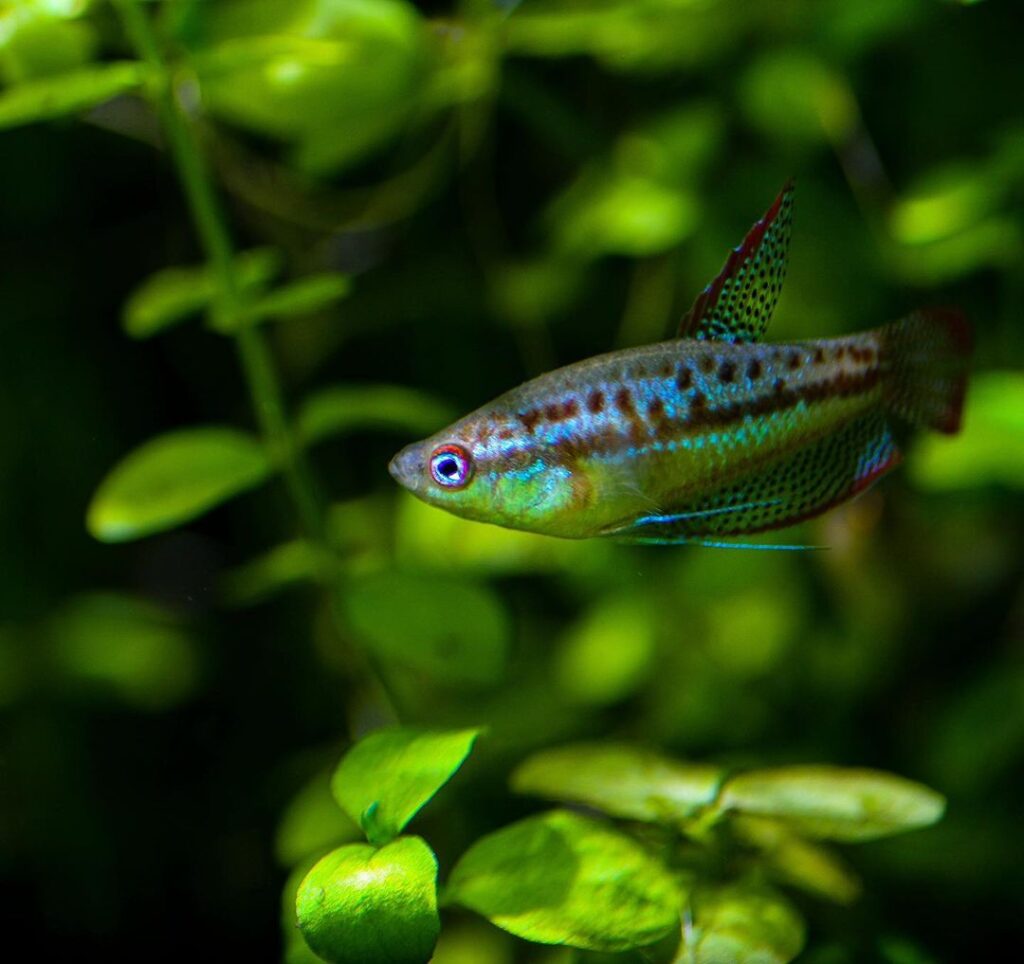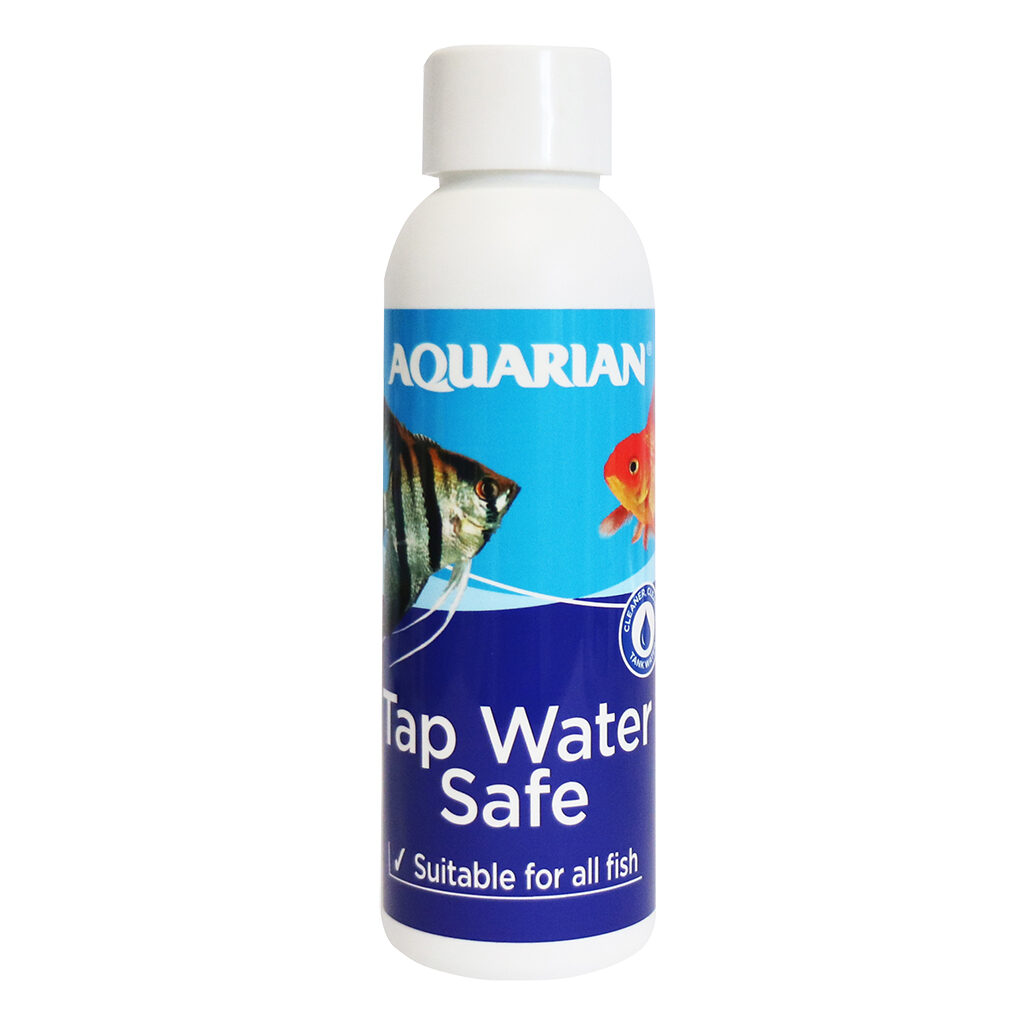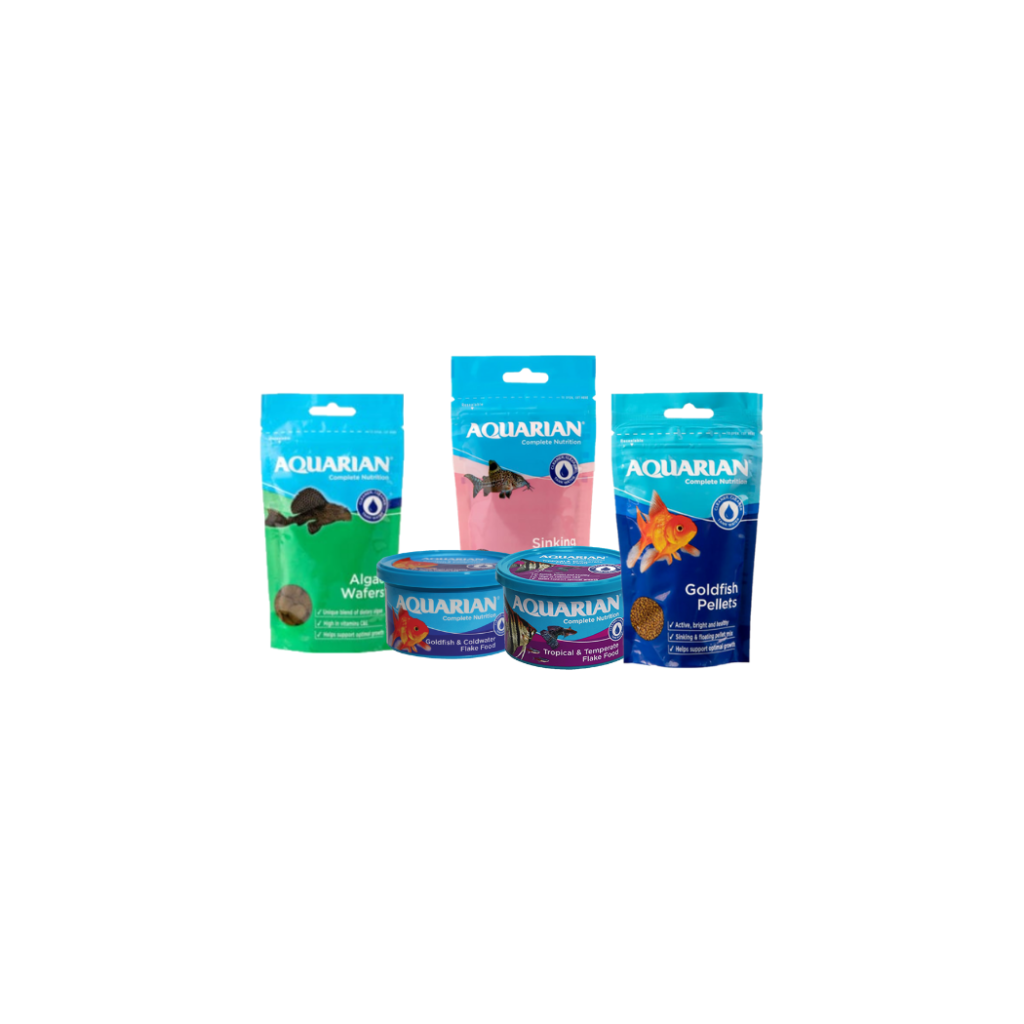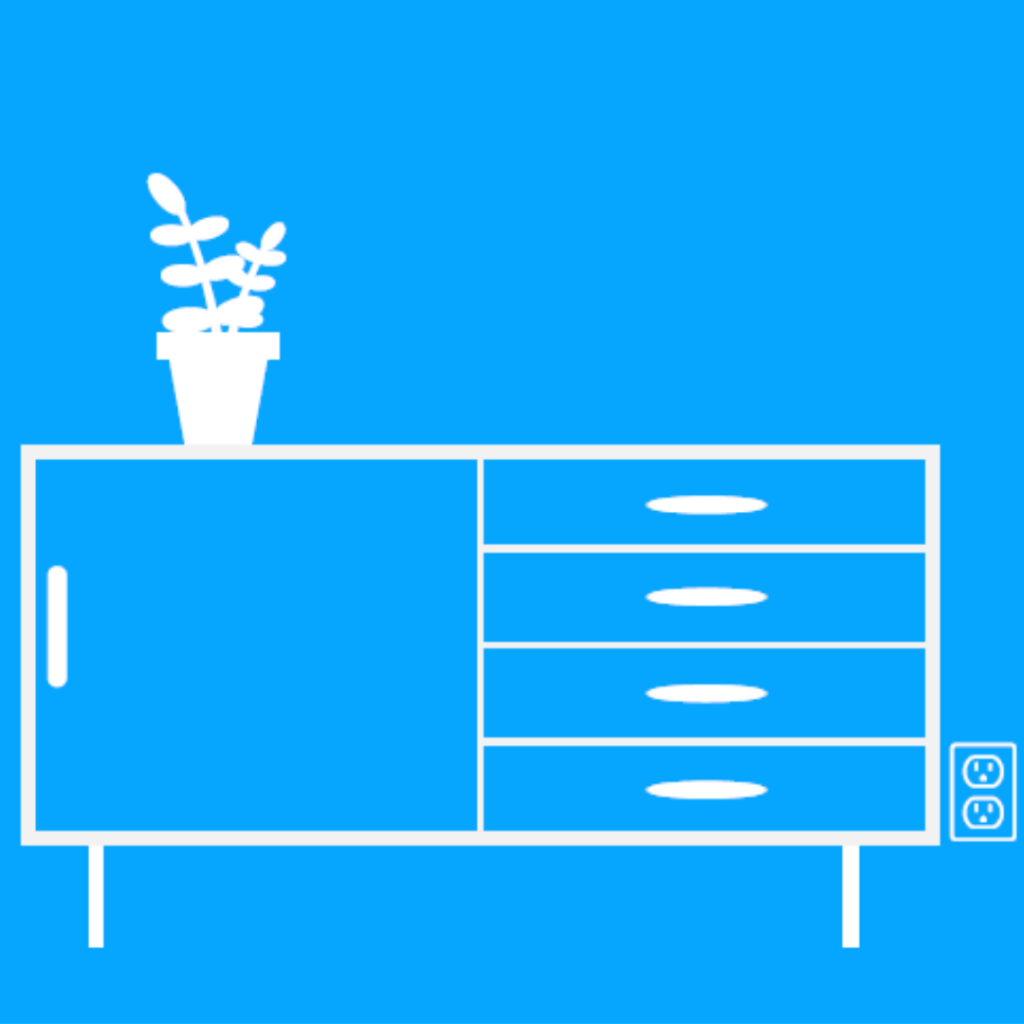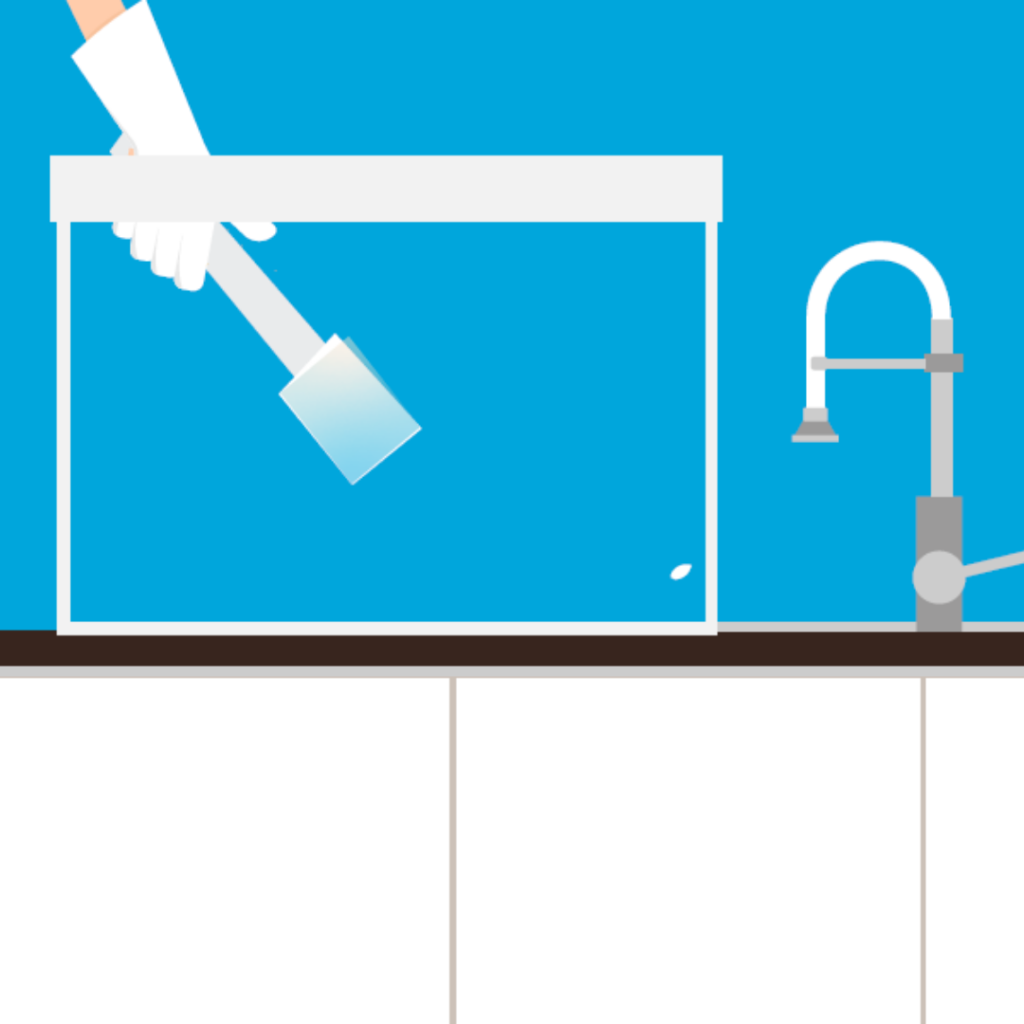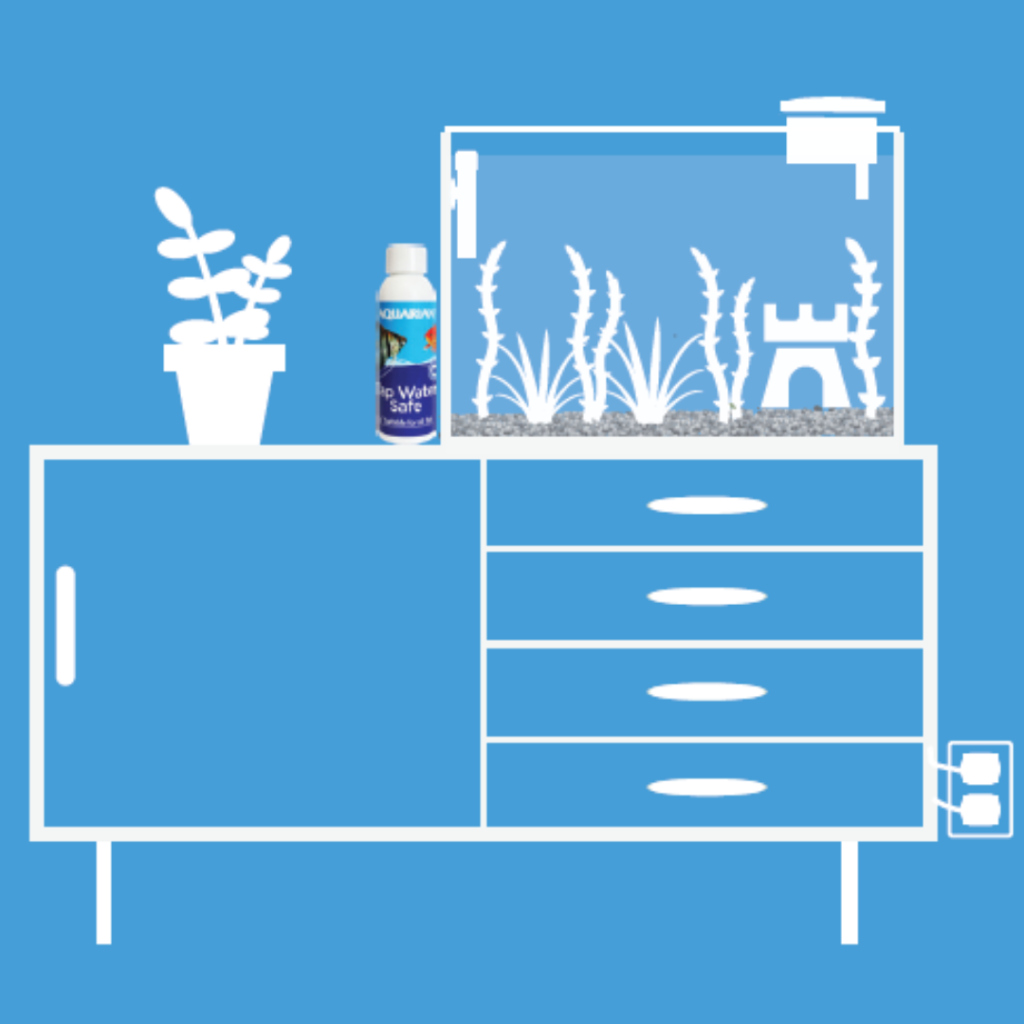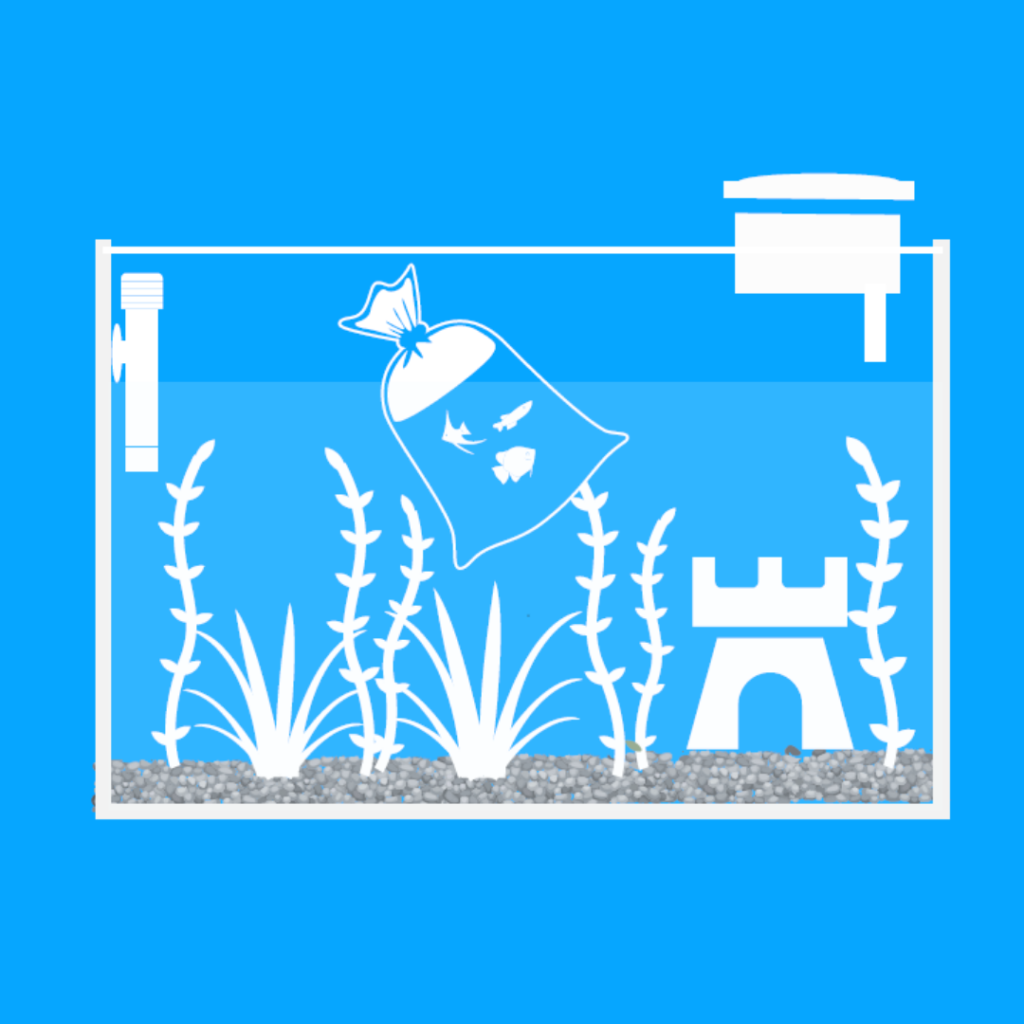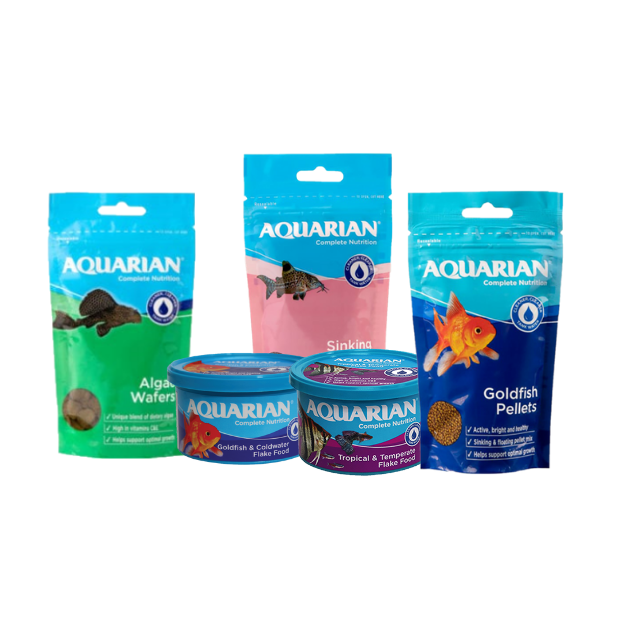Choose the best location for your aquarium
It is best to avoid window positions or anywhere that receives direct sunlight, as this may encourage algae growth. You’ll need to have a mains electric socket nearby for plugging in the heater, lights and filter. Bear in mind that an aquarium filled with water may be very heavy, so ensure it is placed on a strong, level base.
